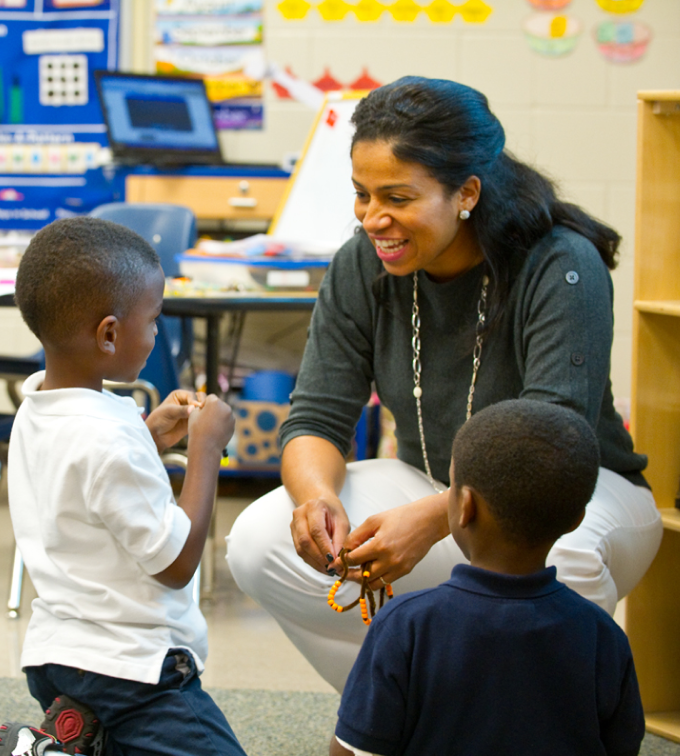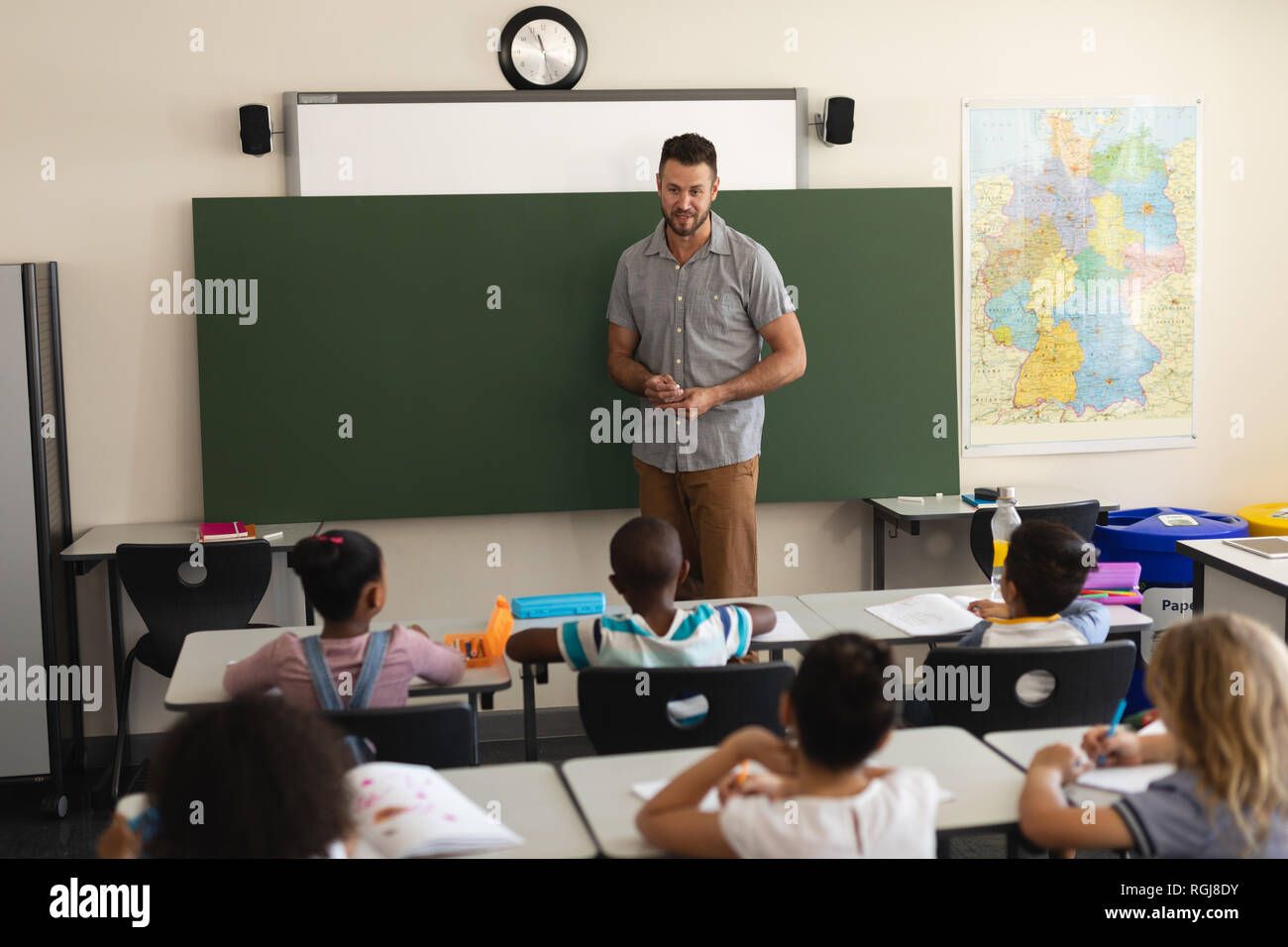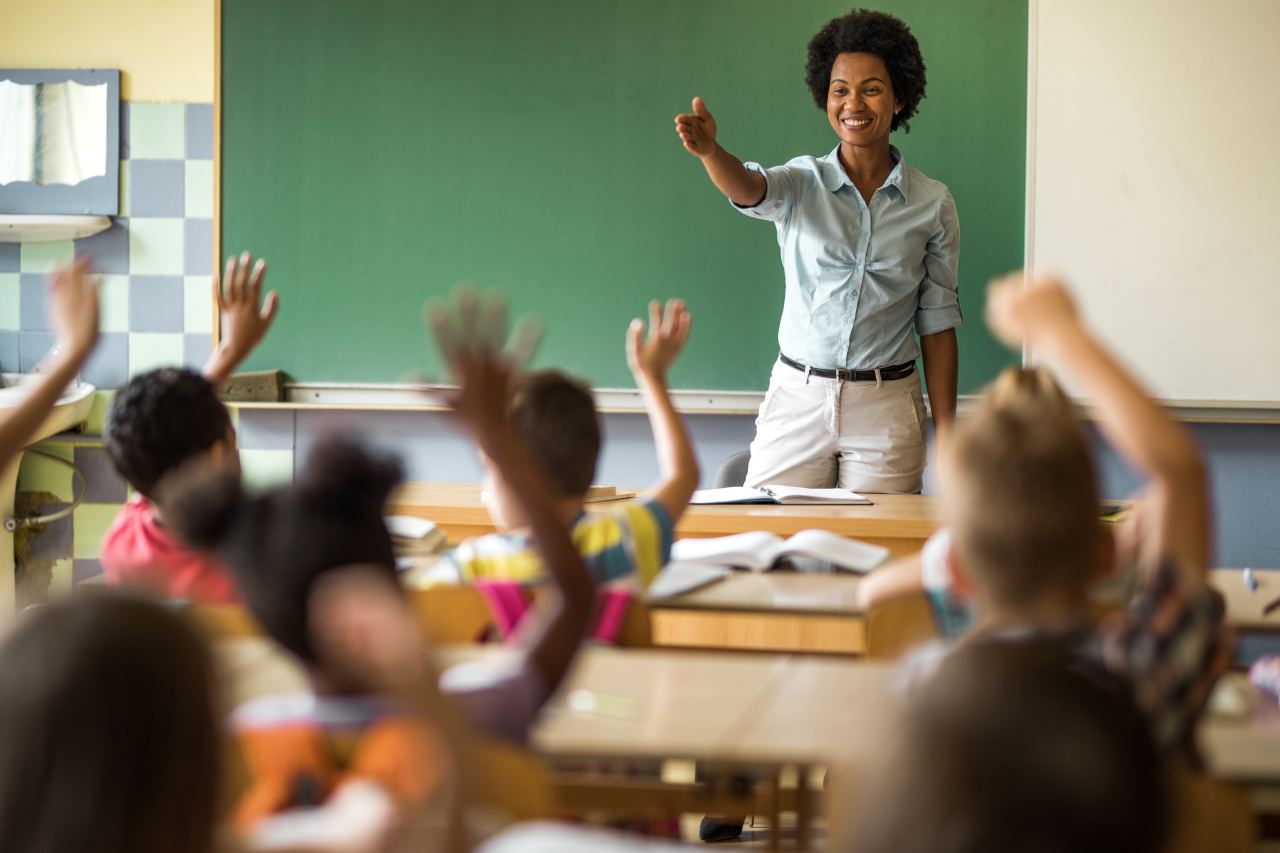Unlock Your Child’s Potential with Primary Science Tuition Singapore
Unlock Your Child’s Potential with Primary Science Tuition Singapore
Blog Article
Checking Out the Various Training Methods in Main Scientific Research Education And Learning Today
The landscape of primary scientific research education and learning is advancing, with different teaching methods obtaining prominence in contemporary classrooms. Inquiry-based discovering, hands-on experiments, and the integration of modern technology are redefining exactly how educators involve young minds. Furthermore, collaborative techniques and differentiated guideline are being used to provide to the varied requirements of students, improving both involvement and understanding. As we check out these methods, questions arise regarding their effectiveness and the effects for future educational techniques. What might these shifts in strategy mean for the following generation of learners?
Inquiry-Based Learning
Inquiry-Based Understanding (IBL) is an instructional method that urges students to check out clinical concepts through doubting, examination, and hands-on testing. This approach emphasizes the function of students as energetic participants in their knowing, promoting crucial reasoning and problem-solving skills. By involving with real-world questions, trainees end up being inspired and interested, which improves their understanding of scientific concepts.
In IBL, educators act as facilitators, directing trainees as they navigate their questions instead than delivering info straight. This student-centered method enables differentiation, fitting different discovering designs and speeds. Trainees establish skills in creating hypotheses, developing experiments, and examining information, which are crucial for scientific proficiency.
In addition, IBL cultivates cooperation amongst trainees, motivating them to share searchings for and concepts. This cumulative query advertises social abilities and a sense of neighborhood within the class. Moreover, the procedure of inquiry encourages strength, as pupils find out to embrace failing as a stepping stone toward understanding.
Hands-On Experiments
Hands-on experiments are an essential component of efficient scientific research education and learning, enhancing the principles of inquiry-based understanding. These experiments allow pupils to involve straight with scientific concepts, promoting a much deeper understanding through experiential knowing. By manipulating materials and observing end results, young learners can realize abstract theories in tangible methods.
Such activities promote essential reasoning and analytical abilities, as trainees assume results, conduct experiments, and evaluate outcomes. This process encourages them to ask questions, refine their understanding, and create a clinical mindset. Hands-on experiments can be tailored to diverse learning designs, ensuring that all pupils have the possibility to involve meaningfully with the material.
Furthermore, hands-on experiments often urge collaboration amongst peers, promoting teamwork and interaction abilities. Operating in teams allows trainees to share ideas, review searchings for, and learn from one another, which enhances their general educational experience.
Including hands-on experiments into the main science curriculum not only improves the discovering setting yet additionally grows a lifelong rate of interest in scientific research. By actively taking part in their education, students are most likely to develop a passion for scientific query that expands past the class.

Technology Assimilation
Incorporating technology into key science education and learning has come to be increasingly essential in cultivating trainee involvement and boosting discovering outcomes. Using digital devices, such as interactive simulations, virtual laboratories, and educational software application, offers students with possibilities to explore scientific ideas in ingenious means. These sources promote a deeper understanding of complex subjects by allowing learners to visualize and manipulate variables that would be impractical in a standard classroom setting.
Furthermore, innovation combination motivates personalized finding out experiences. Trainees can proceed at their link very own speed, reviewing challenging principles via multimedia resources, which satisfy various understanding designs. This flexibility not only sustains specific development but also grows a feeling of autonomy in students.
In addition, modern technology works as a bridge to real-world science, connecting trainees with present research study and professional contributions. Accessibility to on-line data sources and clinical journals broadens trainees' point of views on scientific questions and promotes critical thinking abilities.
Collaborative Understanding
Collective understanding plays an essential function in primary science education and learning by cultivating synergy and interaction abilities amongst trainees. This method encourages students to collaborate, share knowledge, and take part in analytic, which improves their understanding of scientific concepts. By joining team tasks, students find out to articulate their concepts, pay attention to varied perspectives, and work out solutions, every one of which are vital abilities in both real-world and academic contexts.

Study indicates that collaborative knowing can cause raised inspiration and interaction in science topics, as pupils find enjoyment in common experiences (primary science tuition Singapore). Furthermore, this strategy prepares trainees for future collective undertakings, furnishing them with the skills required for efficient synergy in college and specialist atmospheres. Ultimately, welcoming joint knowing in primary science education and learning can significantly enrich the understanding experience and advertise a deeper understanding of clinical query
Set Apart Guideline

Differentiated instruction can show up in numerous means, such as varying the content, processes, or products of learning. Instructors may use tiered projects that give varying levels of intricacy, allowing trainees to work at their corresponding readiness levels. Additionally, flexible grouping approaches can promote partnership among trainees with different capabilities, cultivating peer learning.
Assessment plays an important duty in this method, as it educates instruction and aids educators recognize each trainee's unique needs. Formative evaluations, such as quizzes and monitorings, can direct educators in adjusting their techniques to improve finding out outcomes. primary science tuition Singapore. Inevitably, by implementing differentiated guideline in main science education, instructors can cultivate a more fair and efficient discovering setting, empowering all trainees to reach their complete potential in comprehending clinical phenomena
Final Thought
In summary, the varied mentor techniques in main scientific research education and learning, consisting of inquiry-based learning, hands-on experiments, technology combination, joint knowing, and differentiated direction, jointly add to an extra efficient knowing environment. These techniques advertise crucial reasoning, problem-solving skills, and a deeper comprehension of scientific ideas. By implementing these methods, educators can create engaging and encouraging classrooms that address the varied needs of students, eventually fostering a long-lasting passion Check Out Your URL in scientific research and enhancing scholastic success.
Inquiry-Based Learning (IBL) is an instructional strategy that motivates pupils to check out clinical ideas through doubting, examination, and hands-on experimentation.Joint learning plays a vital function in main science education by fostering teamwork and interaction imp source skills among trainees.Research study suggests that collective understanding can lead to boosted motivation and interaction in scientific research subjects, as students locate pleasure in common experiences.In fostering an inclusive knowing atmosphere, separated instruction emerges as a vital strategy to accommodate the diverse needs and capabilities of students in key scientific research education. Ultimately, by executing separated guideline in primary science education and learning, teachers can grow a more efficient and fair understanding atmosphere, encouraging all students to reach their full possibility in understanding scientific phenomena.
Report this page